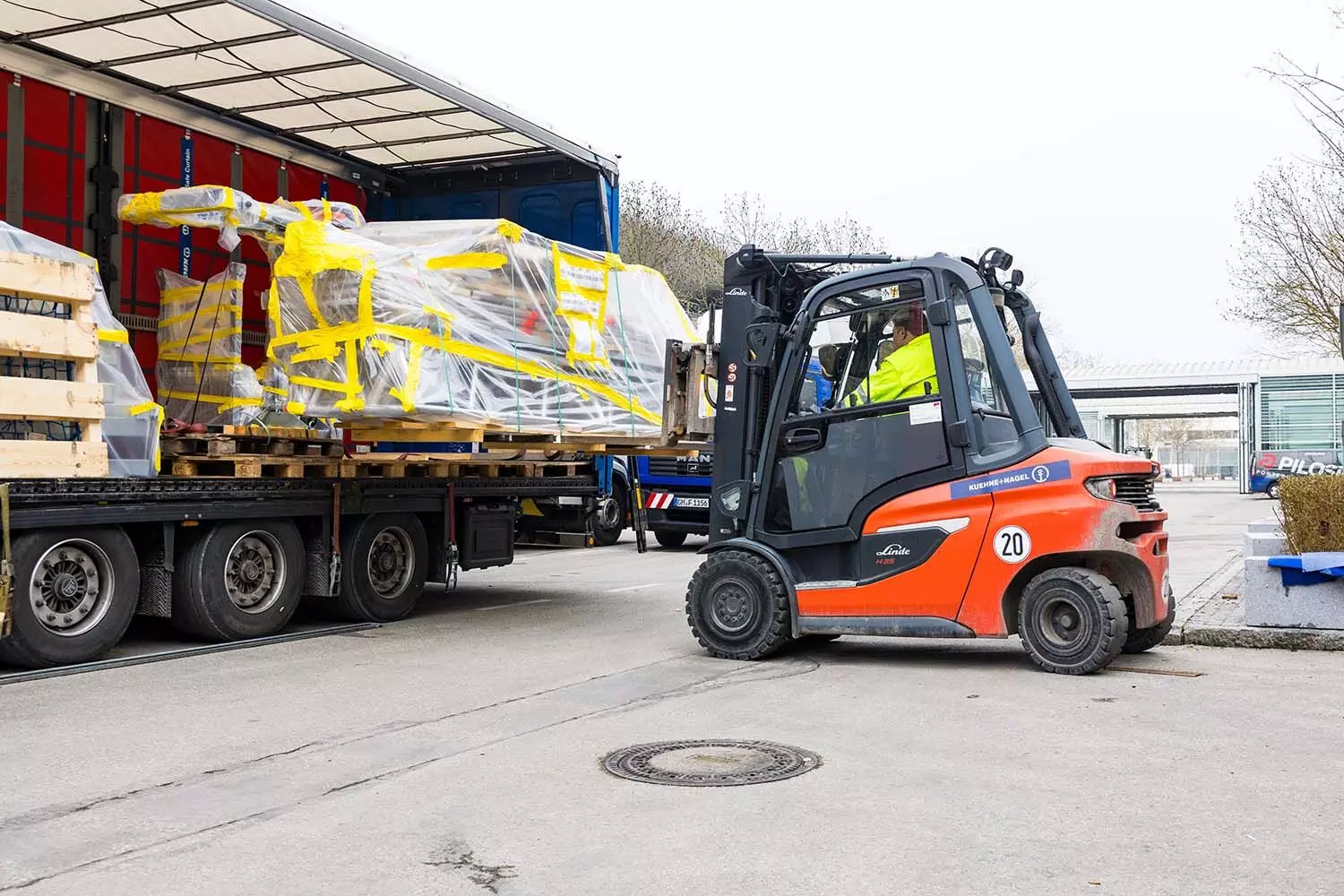
Low-Carbon logistics redefines how the world moves big events
Logistics leaders are driving a green revolution, delivering global events with precision and lower carbon impact.

From Olympic arenas to Formula One circuits, logistics is evolving. Providers are now tasked with delivering massive infrastructure on time, across continents, while cutting carbon emissions, showing that precision and sustainability can go hand in hand.
Large-scale sporting and cultural events are moving toward a new benchmark: sustainability. While fans marvel at athletic feats or elaborate exhibitions, logistics teams are orchestrating a far less visible but equally complex performance. Every arena, every pavilion’s setup, every athlete’s equipment requires careful planning, with freight often spanning oceans and multiple time zones.
The challenge is magnified when sustainability enters the equation. Clients now expect logistics providers not only to deliver on time but to minimize environmental impact, balancing efficiency with measurable carbon reductions. Companies such as Kuehne+Nagel, Rock-it Cargo, DHL, and DB Schenker are experimenting with low-carbon fuels, electric vehicles, and optimized routing solutions to meet these twin goals.
For Kuehne+Nagel, sustainability is embedded across its operations. The company’s collaboration with Team GB for the 2026 Winter Olympic Games in Milano Cortina highlights how logistics providers are actively supporting greener global events. Managing shipments, operating a dedicated warehouse, and providing on-site support, K+N is able to combine reliable delivery with measurable carbon savings.
The sector’s complexity is staggering. Motorsport, for example, demands near-impossible precision. Formula One teams must move cars, hospitality suites, and broadcast equipment across continents with only days to spare between races. Any delay risks disrupting an entire championship weekend. Similarly, world expos, such as World Expo Dubai, involve moving hundreds of tonnes of exhibits from dozens of countries while maintaining tight schedules for installation and public opening.
The demand for low-carbon logistics is growing in tandem with operational complexity. In the midst of these high-stakes operations, Jörn Schneemann, Global Head of Expo and Event Logistics at Kuehne+Nagel, explains the company’s approach: “We’re seeing a growing demand from customers in the exhibition and event space for low-carbon logistics solutions. Large international events involve extensive logistics, from coordinating multimodal shipments worldwide to managing on-site warehousing and forklift operations. With Kuehne+Nagel’s portfolio of low-carbon solutions, including low-carbon fuels and electric vehicles, we can support carbon reduction at multiple stages. When timelines allow, we also advise customers on alternative routes that may take longer but result in lower emissions. At fairgrounds where we’re appointed on-site, we operate forklifts exclusively with hydrotreated vegetable oil (HVO) or electricity.”
This statement underscores how sustainability is no longer a secondary concern; it shapes operational decisions at every stage. By integrating low-carbon solutions into transportation, warehousing, and on-site operations, logistics providers are making environmental responsibility tangible and measurable.
Technology is central to achieving these goals. Companies are leveraging predictive analytics, digital supply chain models, and simulation exercises to optimize routes, forecast potential delays, and identify opportunities to reduce emissions without affecting timelines. Electrified fleets and HVO-powered equipment are becoming standard at event sites, allowing providers to cut carbon while maintaining operational precision.
The approach also extends beyond sport. Large-scale exhibitions, concerts, and international fairs face similar pressures. DB Schenker has pioneered circular logistics strategies to reuse materials across events, while DHL integrates electric mobility into large-scale tours. Multimodal transport, precise scheduling, and carbon-conscious planning now define the best practice for moving infrastructure worldwide.
Looking ahead, upcoming events such as the 2026 FIFA World Cup, 2028 Los Angeles Olympic Games, and international motorsport series will further test logistics providers’ ability to combine scale, speed, and sustainability. The message is clear: in the modern world of event logistics, success is measured not only by punctuality or reliability but also by environmental accountability.
Companies that can integrate technology, sustainability, and operational expertise will set the standard. Kuehne+Nagel and other industry leaders are proving that logistics can be precise, planet-friendly, and pivotal to the success of global sporting and cultural events.

